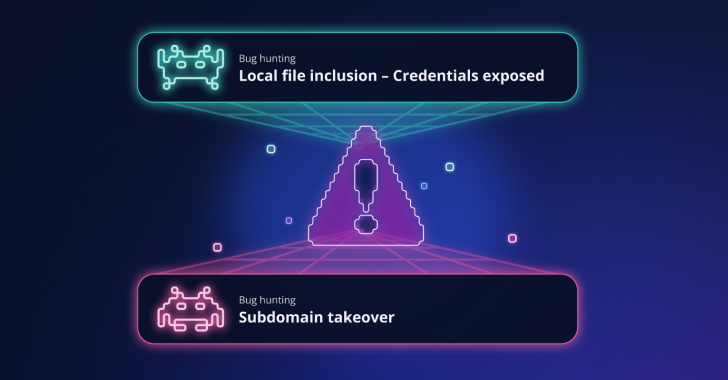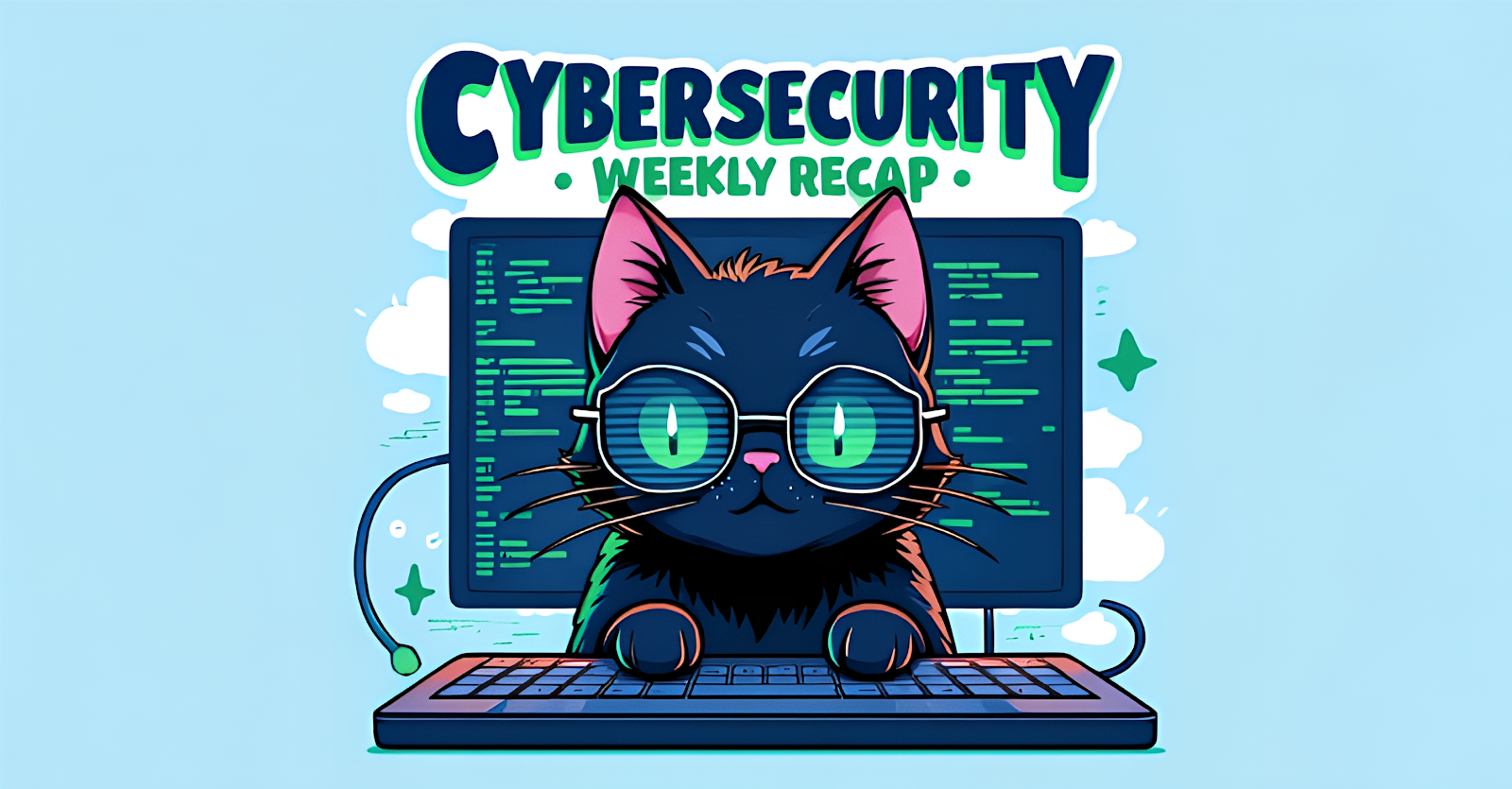
Frequently Asked Questions About High-Level Risk Assessments
Risk assessments are a crucial component of any business strategy, especially when it comes to understanding potential vulnerabilities and threats. High-level risk assessments, in particular, allow organizations to get a broader view of the risks they might face. Given the increasing interest and importance of this subject, we’ve curated a list of frequently asked questions to help demystify the concept.
- What is a high-level risk assessment?
A high-level risk assessment provides an overarching view of potential risks that an organization may face. Instead of diving deep into minute details, it gives a broader perspective, focusing on top-tier vulnerabilities. This type of assessment is often a precursor to a more detailed or specific risk assessment.
- Why is it essential?
Understanding risks at a high level is crucial for strategic planning. By recognizing potential threats early on, an organization can allocate resources, implement preventative measures, or develop contingency plans. High-level risk assessments can shape the direction of future projects, product launches, or even company expansions.
- How does it differ from a detailed risk assessment?
While both types aim to identify and manage risks, the depth and focus differ:
High-level risk assessments look at the bigger picture, giving a snapshot of potential threats across the entire organization or within large segments of it.
Detailed risk assessments dive deep into specifics, assessing individual processes, tools, or areas of a business. They’re often conducted following a high-level assessment when specific vulnerabilities need addressing.
- Who should conduct a high-level risk assessment?
Typically, senior management, board members, or designated risk management professionals should be involved in a high-level risk assessment. Their experience and broad understanding of the organization’s strategic goals enable them to evaluate risks from a holistic perspective.
- How often should these assessments be done?
The frequency of high-level risk assessments varies depending on the nature of the organization, industry changes, and the occurrence of significant internal changes or events. However, many businesses find it beneficial to conduct them annually as part of their strategic planning process. If the organization operates in a volatile industry, semi-annual or even quarterly assessments might be more appropriate.
- What are the common steps involved?
While specific steps can vary based on the organization and its unique needs, a general process might include:
Objective Setting: Define what you hope to achieve.
Data Collection: Gather relevant data on operations, market conditions, etc.
Risk Identification: List potential threats or vulnerabilities.
Risk Evaluation: Prioritize risks based on their potential impact and likelihood.
Mitigation Strategies: Develop strategies to address the most significant risks.
Documentation: Record findings and recommendations.
Review and Update: As conditions change, revisit the assessment.
- How do external factors play into the assessment?
External factors such as geopolitical shifts, market trends, regulatory changes, or natural disasters can have a significant impact on an organization’s risk profile. During the assessment, it’s vital to consider these external elements, as they might introduce risks outside the organization’s direct control.
- How can technology assist in the process?
Today, several software solutions can aid in risk assessments. These tools can help gather and analyze data, prioritize risks, and even simulate potential scenarios. Using technology can make the process more efficient, ensuring that no potential risks are overlooked and that organizations can adapt dynamically as conditions change.
- How can an organization prepare for unknown risks?
While it’s impossible to predict every potential risk, the principle of “expect the unexpected” remains essential. By fostering a proactive risk management culture, continuously monitoring both internal and external environments, and promoting adaptability, organizations can better position themselves to face unknown risks.
- What’s the biggest misconception about high-level risk assessments?
One common misconception is that once an assessment is complete, no further action is needed. However, risk assessments should be seen as dynamic tools that evolve over time. As the business landscape, technology, and other variables change, so too should the risk assessment.
In Conclusion
High-level risk assessments are invaluable tools in the arsenal of modern businesses. They provide a bird’s-eye view of potential threats and vulnerabilities, enabling organizations to plan and act strategically. Whether you’re a newcomer to the concept or seeking to refine your existing knowledge, understanding the basics and embracing a proactive approach can make all the difference in navigating the complexities of today’s business environment.
Contact Cyber Defense Advisors to learn more about our High-Level Risk Assessment solutions.






 Weekly Recap: Critical SAP Exploit, AI-Powered Phishing,
Weekly Recap: Critical SAP Exploit, AI-Powered Phishing,